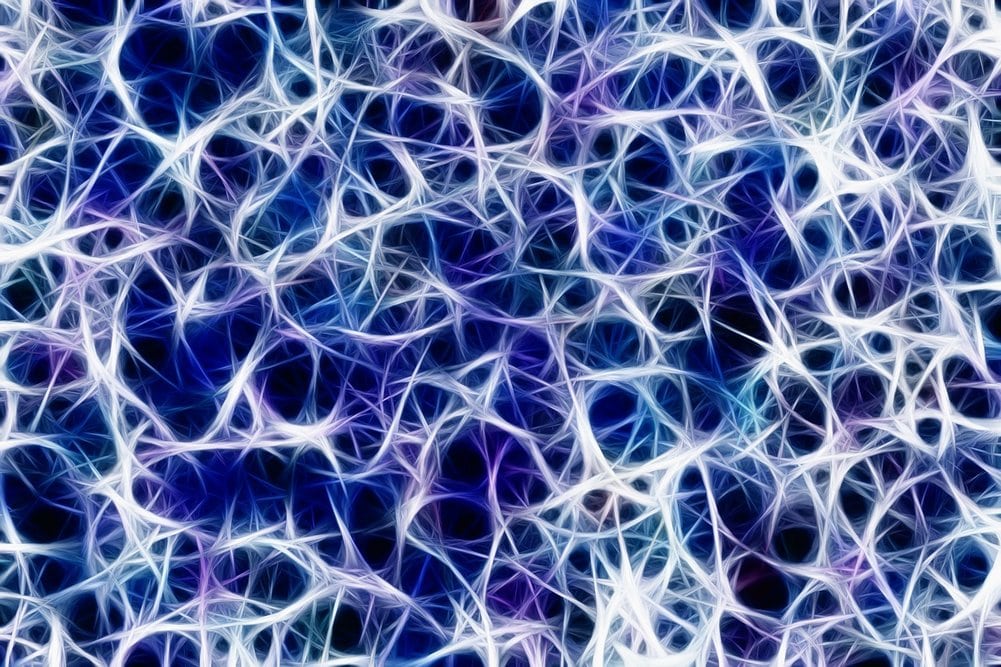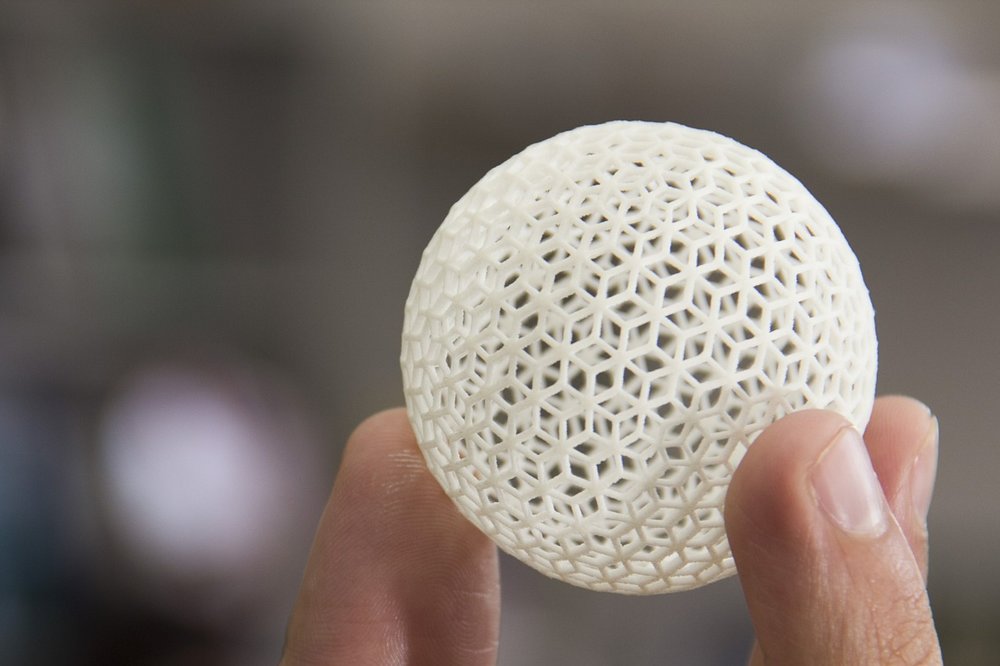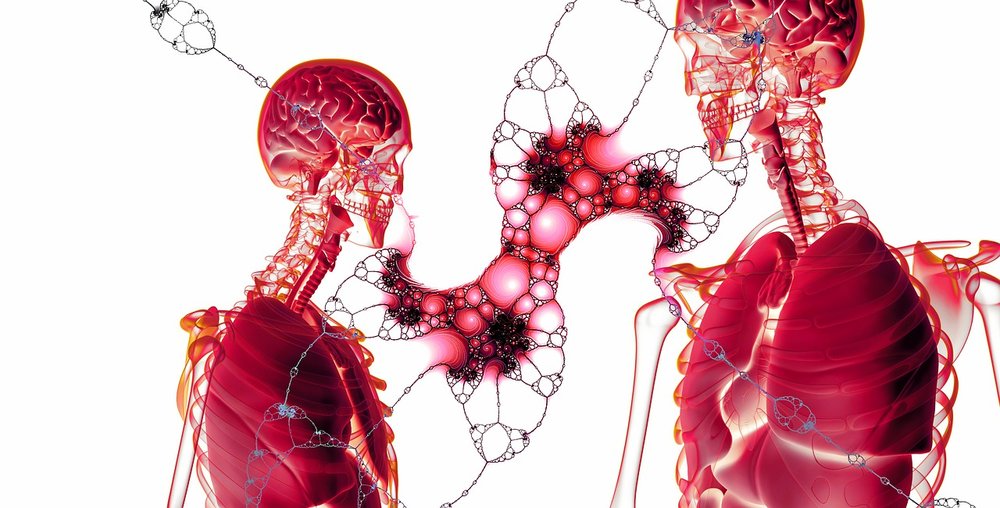Researchers developed a new approach to cell therapy that uses nanoparticles to deliver genetic material that induces changes in the cell´s transient gene expression. An approach that is faster and cheaper to develop, more customizable and as simple as ‘just add water’.
Nanoparticle technology is on the verge of becoming standard practice in medicine. Its applications vary from regenerative medicine, cancer, diabetes or neurodegenerative disease treatment to imagery tools that can be developed to see the body better. Most of already available nanotech medicine products are drug delivery systems. Now, a study published in Nature Communications describes a tool which opened new doors to cell therapy.
“Our goal is to streamline the manufacture of cell-based therapies,” said lead author Dr. Matthias Stephan, a faculty member in the Fred Hutch Clinical Research Division and an expert in developing biomaterials. “In this study, we created a product where you just add it to cultured cells and that’s it — no additional manufacturing steps.”
Researchers developed a nanoparticle delivery system which targets T cells of the immune system as well as blood stem cells and delivers mRNA directly to them. Consequently, short-term gene expression called “hit-and-run” genetic programming is triggered. The transient affect of mRNA does not change the DNA, but it does make an effect on the cells’ therapeutic potential by affecting the production of certain proteins that can prevent or fight disease.
Dr. Stephan and colleagues developed a nanocarrier that binds and condenses synthetic mRNA and protects it from degradation. Nanoparticles are freeze-dried and simple to use. After just four hours of mixing the freeze-dried product with water and a sample of cells, they start showing signs of the editing taking effect. The cool trick – since their nanoparticles are made from a dissolving biomaterial they are removed from the body like other cell waste and cause no harm.
The approach could replace electroporation, a process in which 60 times less cells survive compared to the nanoparticle system. This is a critical feature for ensuring enough cells are viable when transferred to patients. “You can imagine taking the nanoparticles, injecting them into a patient and then you don’t have to culture cells at all anymore,” Stephan said.
His team is looking for commercial partners to move the technology into clinical trials where it could be developed into a therapy. It seems that the use of nanoparticles has a promising future and wide range of applications, such as stopping internal bleeding, treating allergies, and removing snake bite toxins, which are already in development.
Learn more about the nanomedicine in the video below:
Nanoparticle comunicate tumor location in body to another nanoparticle. Not so far away.
By Andreja Gregoric, MSc











